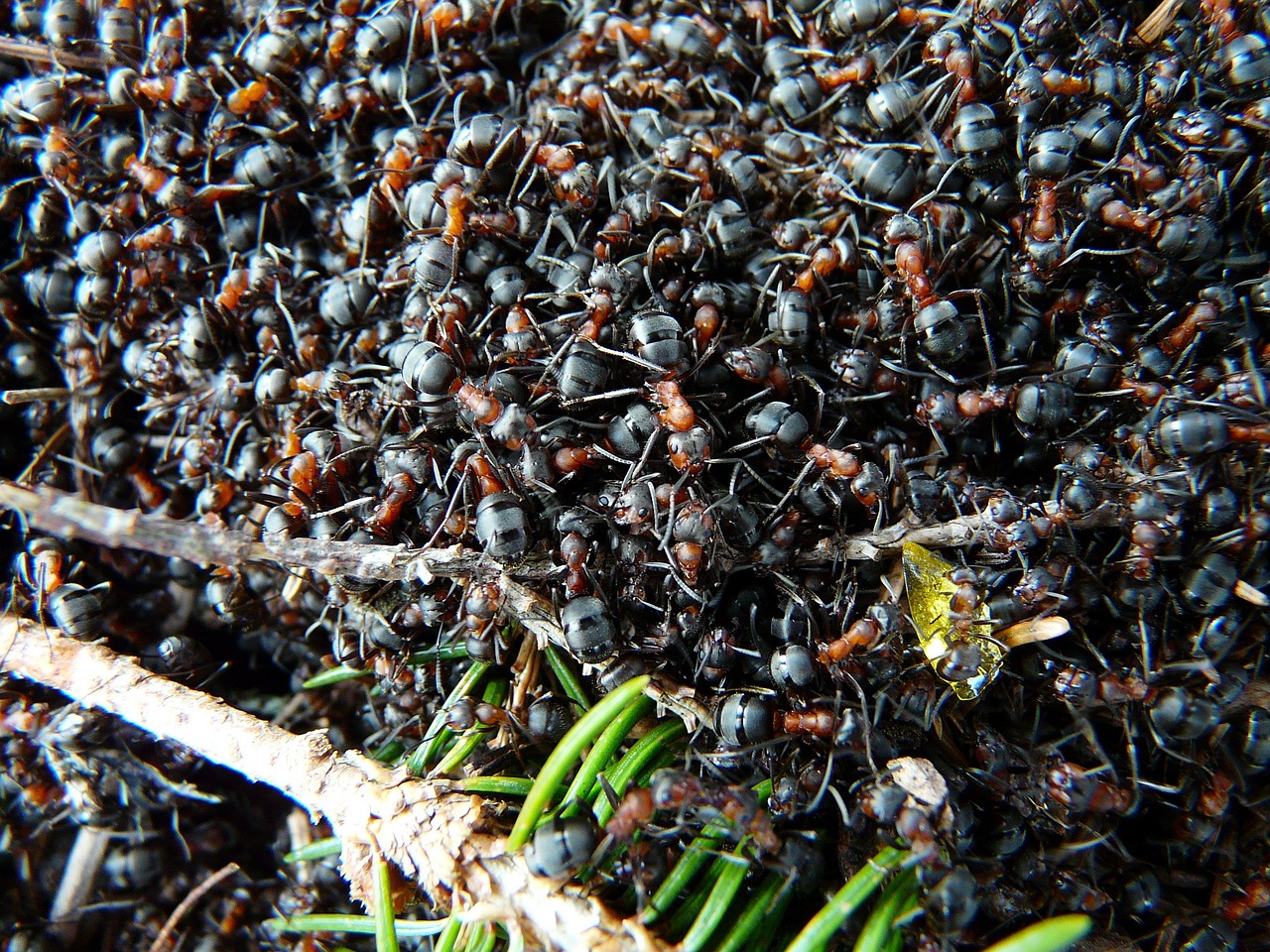The Intriguing World of Ant Farming: Its Historical Roots and Modern-Day Popularity
Ant farming, a unique and intriguing hobby, is becoming increasingly popular. It offers enthusiasts a glimpse into the complex social structure and behaviors of these tiny creatures. This article delves into the history and current trends in ant farming, as well as its impact on the pet industry.

The Historical Roots of Ant Farming
Ant farming, also known as formicarium keeping, dates back to the early 20th century. The first patent for a formicarium was filed by Frank Austin in 1900, who saw potential in observing ants’ behavior for both educational and entertainment purposes. His invention, a glass-encased ant colony, allowed people to watch ants as they built intricate tunnels and chambers. This was the inception of ant farming, a hobby that would later captivate millions around the world.
The Modern-Day Popularity of Ant Farming
Ant farming has experienced a resurgence in popularity in recent years. This is due in part to advancements in formicarium design, making it easier for hobbyists to maintain and observe their ant colonies. Moreover, the rise of online communities dedicated to ant farming has also played a significant role, providing enthusiasts with a platform to share experiences, seek advice, and learn more about these fascinating creatures.
The Impact of Ant Farming on the Pet Industry
The growth in ant farming has had a considerable impact on the pet industry. While it is difficult to determine the exact market value, the increasing number of online stores selling formicariums and related products suggests a substantial demand. Not only has this hobby created a niche market within the pet industry, but it has also stimulated interest in entomology, the study of insects, prompting further research and understanding of ant species and their behavior.
The Science Behind Ant Farming: A Balance of Education and Entertainment
Ant farming provides a unique balance of entertainment and education. Observing an ant colony allows us to witness complex social behaviors rarely seen in other species. Ants demonstrate remarkable cooperation, division of labor, and problem-solving abilities. For scientists and educators, ant farms are valuable tools for research and teaching about biodiversity, ecology, and behavior.
In conclusion, ant farming is more than just a hobby—it’s a window into a world that often goes unnoticed. Its historical roots and current popularity underline our fascination with these tiny creatures and our desire to understand them better. As this hobby continues to grow, it’s clear that the world of ant farming offers an endless source of intrigue and discovery.




